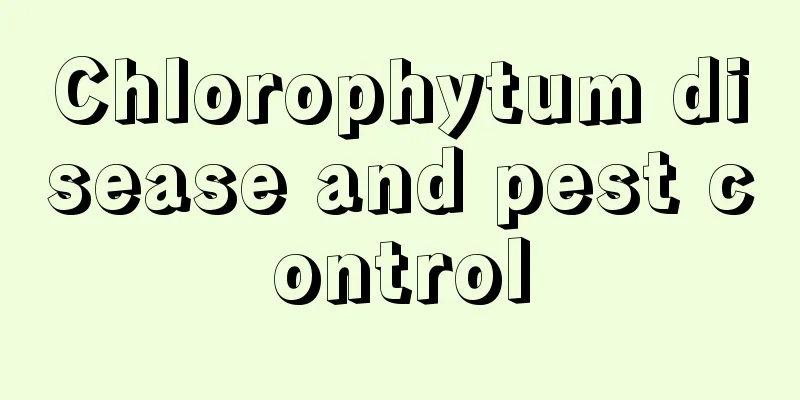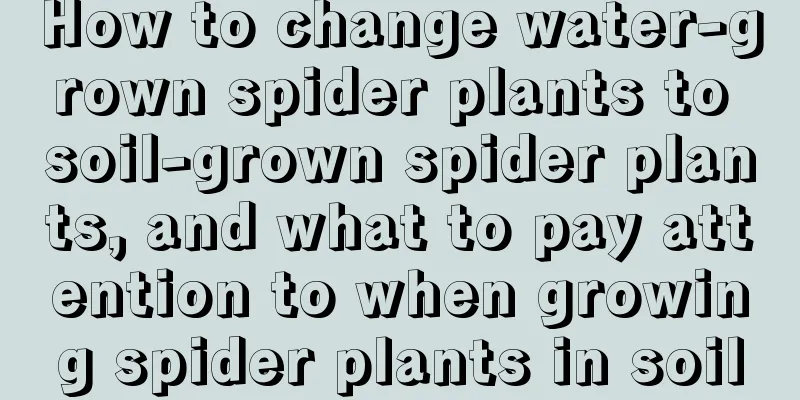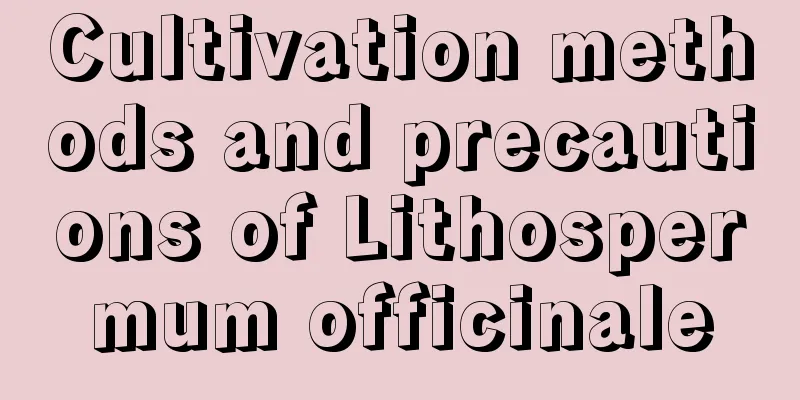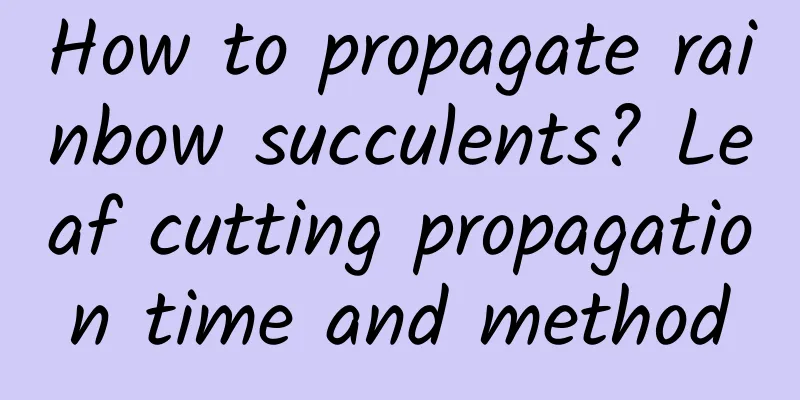Chlorophytum disease and pest control

Disease 1: Root rotDisease patternIt mainly harms seedlings, and mature plants are less likely to become ill. The early symptoms of the plants are not obvious. As the root rot worsens, the roots' ability to absorb water and nutrients weakens, and the above-ground parts begin to turn yellow and wither. In severe cases, all the spider plants will wither overnight. CausesThe soil is too wet and poorly ventilated; the roots are affected by pests and diseases, with many wounds and pathogens invading the plants; insufficient light; the temperature is too low and there is a large temperature difference between day and night. Prevention and treatment measuresDisinfect and sterilize the seeds before sowing, and mix them with a special sterilizer. To disinfect the soil, try to sprinkle 50% of carbendazim on the soil when planting and turn it into the soil. When the disease occurs, the dosage should be increased appropriately. Use 40% root rot Ning to irrigate the roots once a week until improvement is seen. Disease 2: White rotDisease patternThe diseased area is located on the rhizome near the ground of the plant. There are purple-brown spots in the early stage, which gradually spread and cause petiole rot in the later stage. There are many white mycelium layers in the diseased part. CausesHigh temperature and humidity; waterlogging in the soil; poor ventilation and light transmission. Prevention and treatment measuresWater moderately, fertilize appropriately, and don't plant too deep. When planting seedlings, use formalin to fill the soil and disinfect it. In the season when white rot is frequent, irrigate the roots with methyl thiophanate solution. In the early stage of the disease, sprinkle some lime powder around the potting soil, once every 15 days, 2 to 3 times will be enough. Disease 3: Stem rotDisease patternThe disease often occurs in old plants. The stems turn brown, the leaves lose their luster and droop, and the whole plant gradually dies. Once this disease occurs, it is difficult to treat, so prevention is the priority. CausesThe soil is moist; light and ventilation are poor. Prevention and treatment measuresDuring the season when pathogens are most prevalent, keep the soil relatively dry and provide sufficient light and water. Before the season when the disease is most prevalent, try not to divide the plants or repot them to reduce leaf wounds. Use medication regularly for sterilization. Disease 4: AnthracnoseDisease patternMainly harms leaves. In the early stage of the disease, many yellow-brown, slightly sunken spots will appear, which will gradually expand in the later stage. The leaves dry up quickly and in severe cases the entire plant dies. CausesThe environment is stuffy and humid, with poor ventilation; water accumulates in the flower pots and the plants are planted too densely; the leaves are damaged. Prevention and treatment measuresWater at the right time to avoid excessive soil humidity. Apply fertilizer moderately and increase the amount of phosphorus and potassium fertilizers. Ensure good ventilation, remove diseased plants promptly if found, and keep the plants clean. Spray the leaves with Bordeaux mixture to sterilize and disinfect. Disease 4: Pests (nematodes, aphids, beetles)Pests are bacterial infections and should be taken seriously. Prevention and treatment measuresStrengthen water and fertilizer management to enhance the resistance of plants. In the early stage of the disease, there are fewer insects and they can be scraped off manually or rinsed with clean water, but be careful not to damage the leaves. Use insecticide, spray with 1000 times omethoate solution, once every 7 to 10 days, and the disease will be basically cured after 2 to 3 times. |
<<: How to prevent and treat common diseases of chrysanthemum
>>: What to do about Calla Lily Leaf Spot Disease
Recommend
Can I grow peonies at home?
Can I grow peonies at home? You can grow peonies ...
What fertilizer is good for gourd topdressing?
What fertilizer to use for gourd topdressing Gour...
What trees are suitable for planting in the desert? What trees are suitable for planting in the desert?
Trees planted in the desert cannot be planted ran...
How to grow Lepidium
1. Soil: Lepidium can grow in most types of soil ...
How to grow rose lotus
1. Breeding environment 1. Soil: When growing ros...
Even though the roots were rotten like this, they were still able to survive! How it was done
Clivia root rot 1. Remove the Clivia with rotten ...
When is the best time to plant wintersweet seeds?
Winter plum seed planting time Wintersweet is a p...
Cultivation method of northern yew
1. Watering When the northern yew is growing, the...
What are the tips for caring for white palm?
Timely supplementation of magnesium Anthuriums ar...
Does Chinese toon prefer shade or sun?
Does Chinese toon prefer shade or sun? Toona sine...
Production and maintenance of air pineapple curtains
How to make air pineapple curtains Method 1: Find...
Can white anthurium be watered with vinegar? The correct way to water white anthurium with vinegar
Can I use vinegar to water the white palm? Genera...
What soil and fertilizer to use for potted wintersweet
1. Soil selection 1. Soil requirements: Winterswe...
Planting technology and yield per mu of Arisaema
Arisaema is the tuber of Arisaema, Arisaema heter...
Can I put green radish in the wealth position?
1. You can put Because the Feng Shui position is ...









